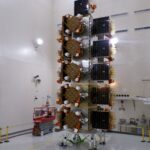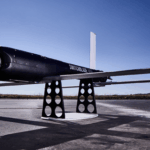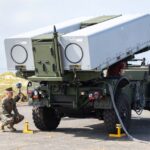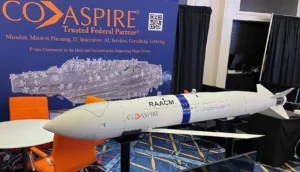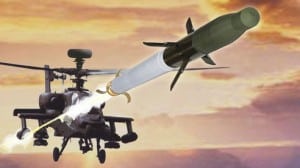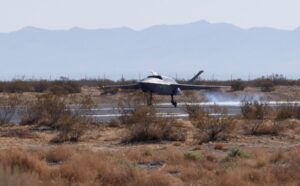
Expanding on successes so far with two nascent organizations that integrate mission readiness around electronic warfare (EW) systems, and positioning, navigation, and timing (PNT), the Space Force this summer plans to stand up Integration Mission Deltas (IMDs) for missile warning and space domain awareness, a senior service official said on Tuesday. A progress review is wrapping up of the EW and PNT IMDs but they “have done really well” since their creation last fall and so “we’re expanding the concept…

 By
By 